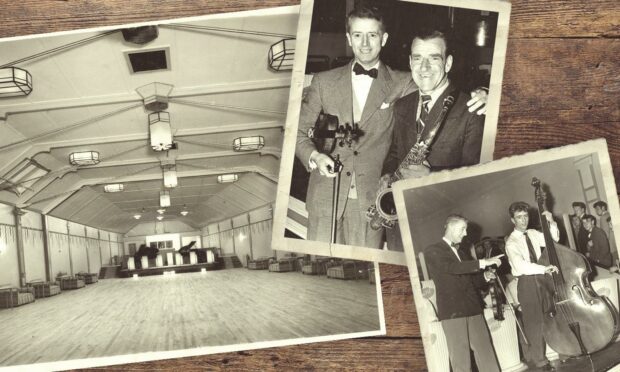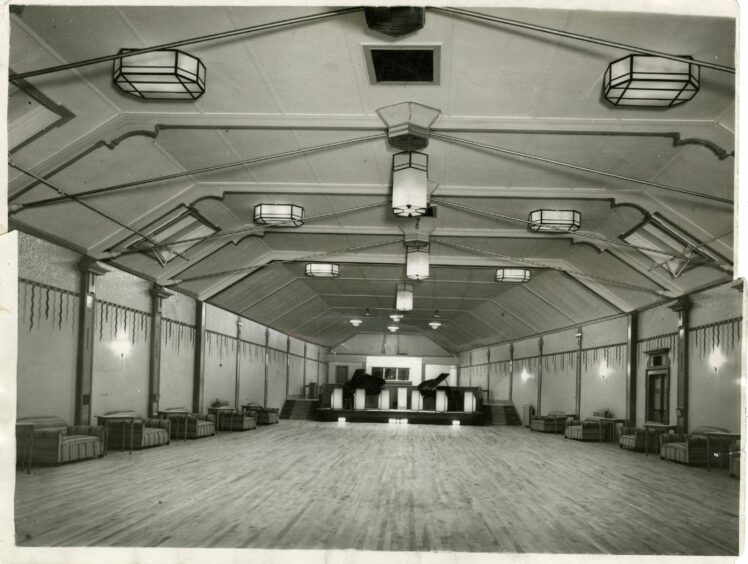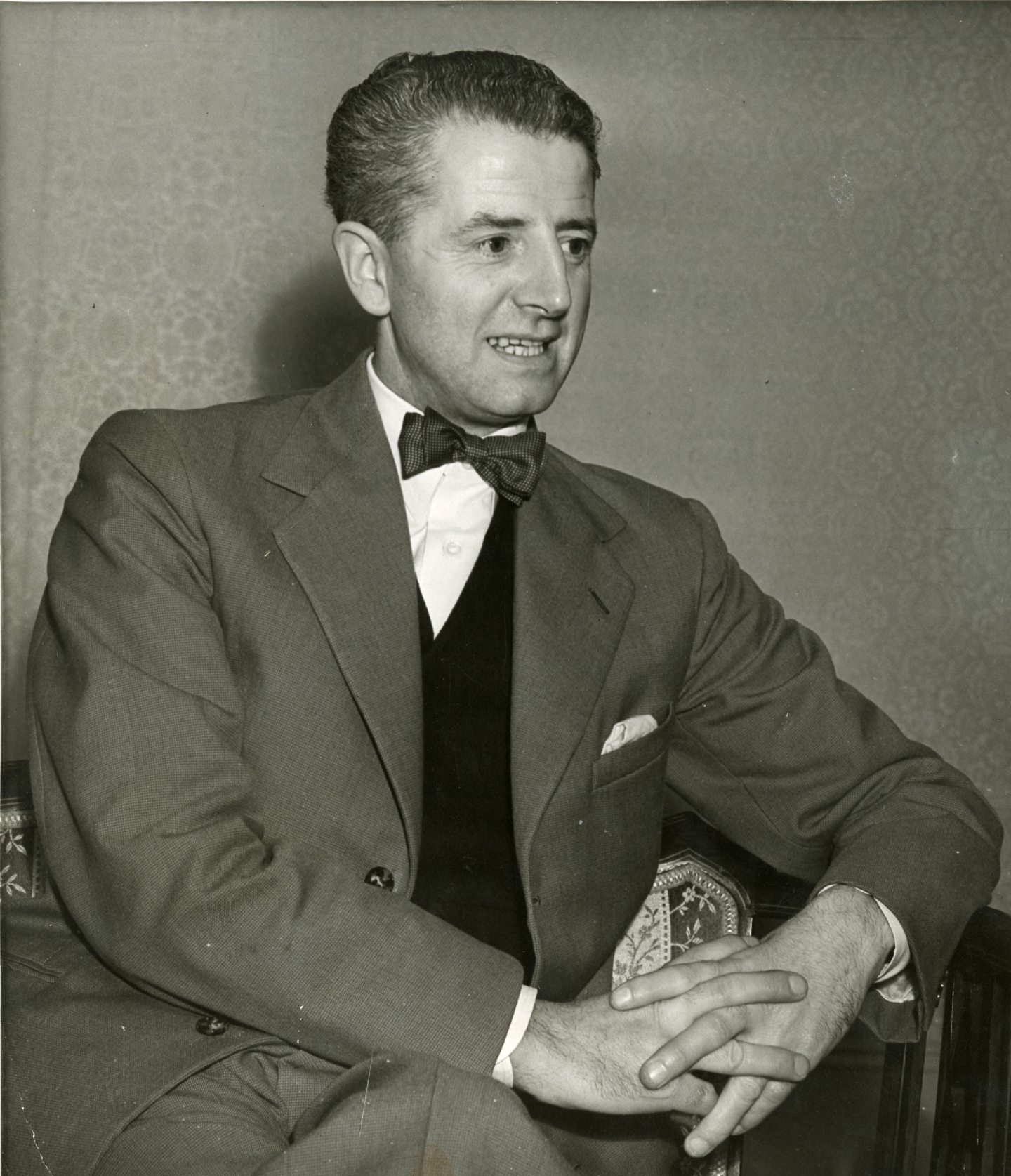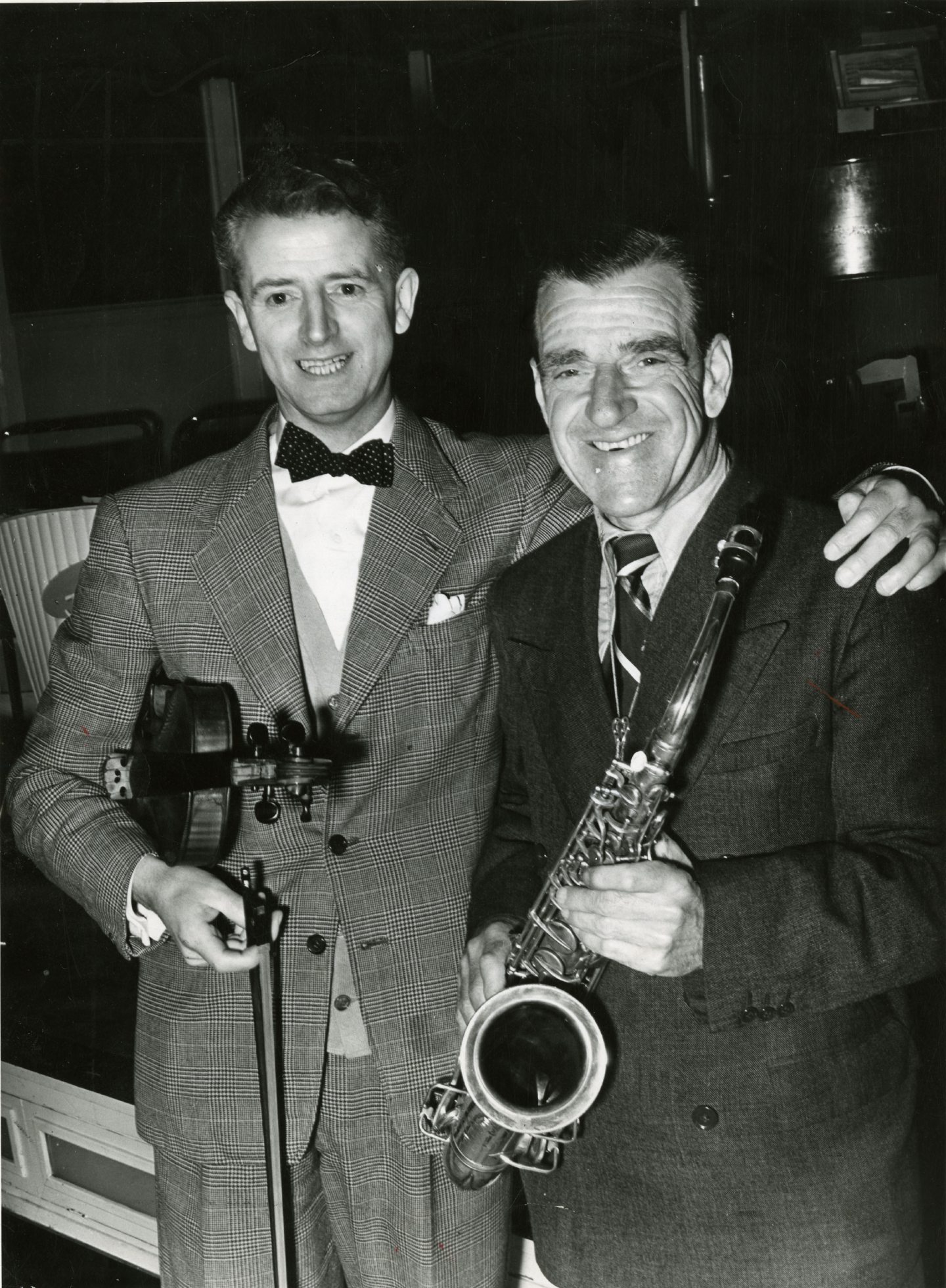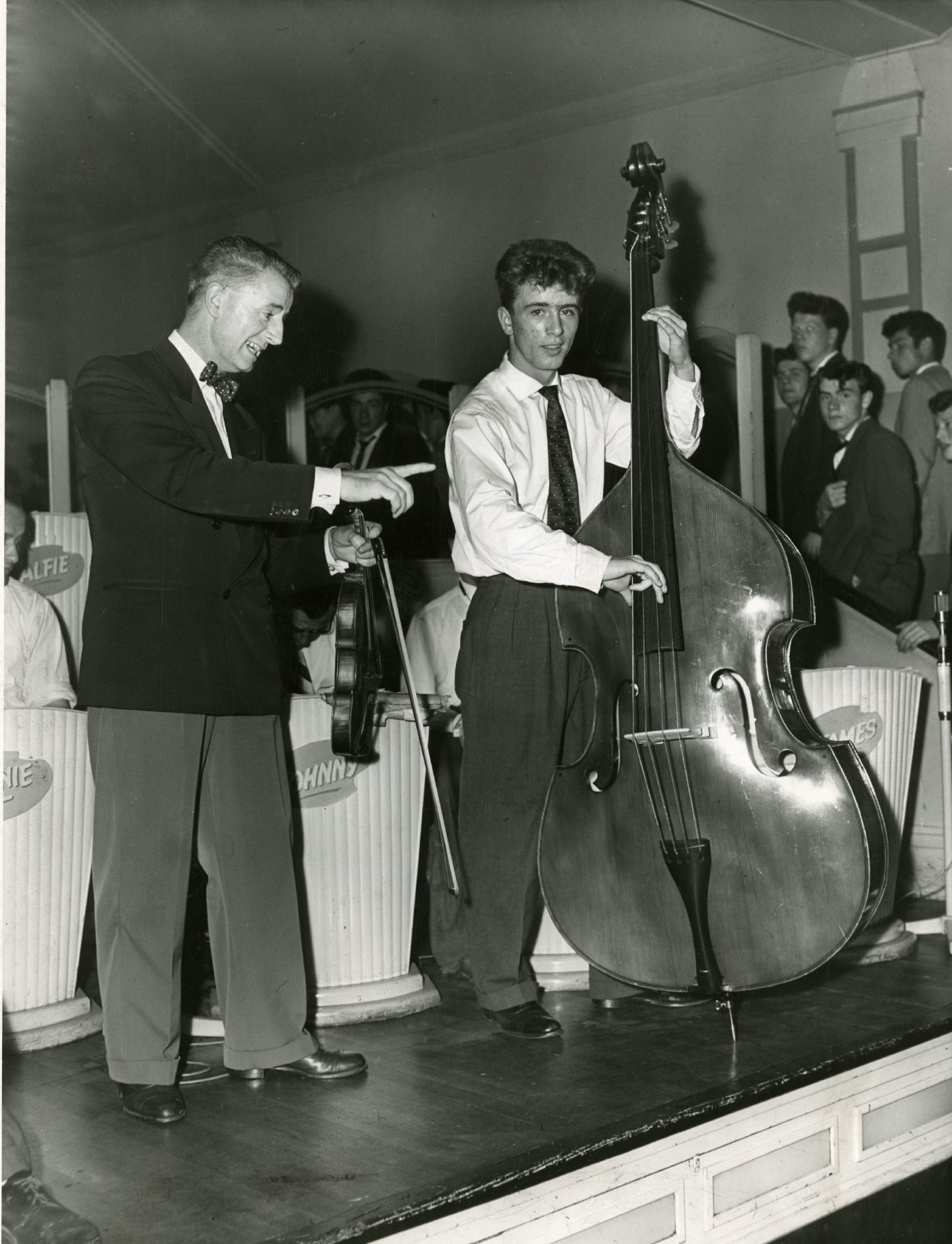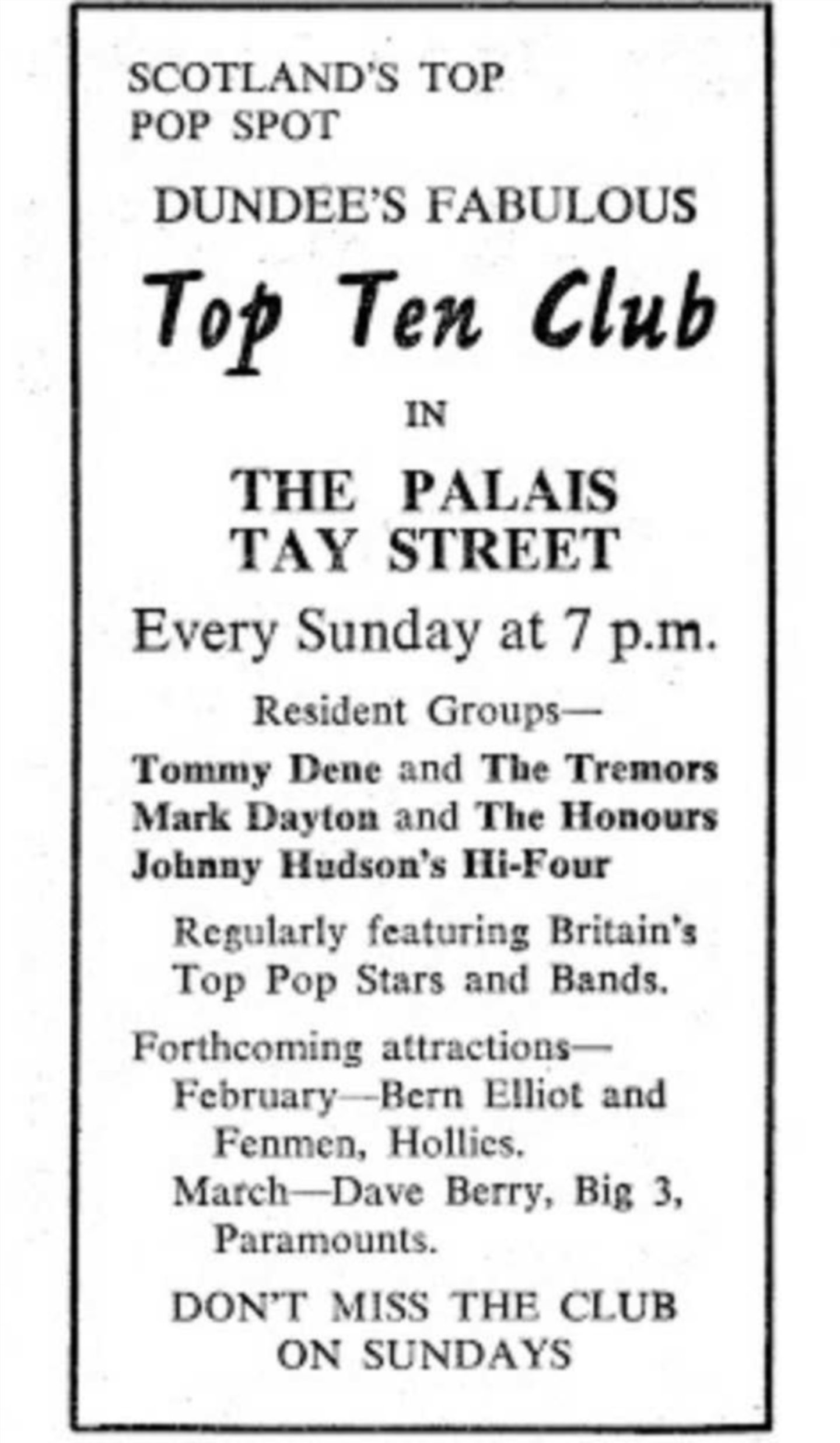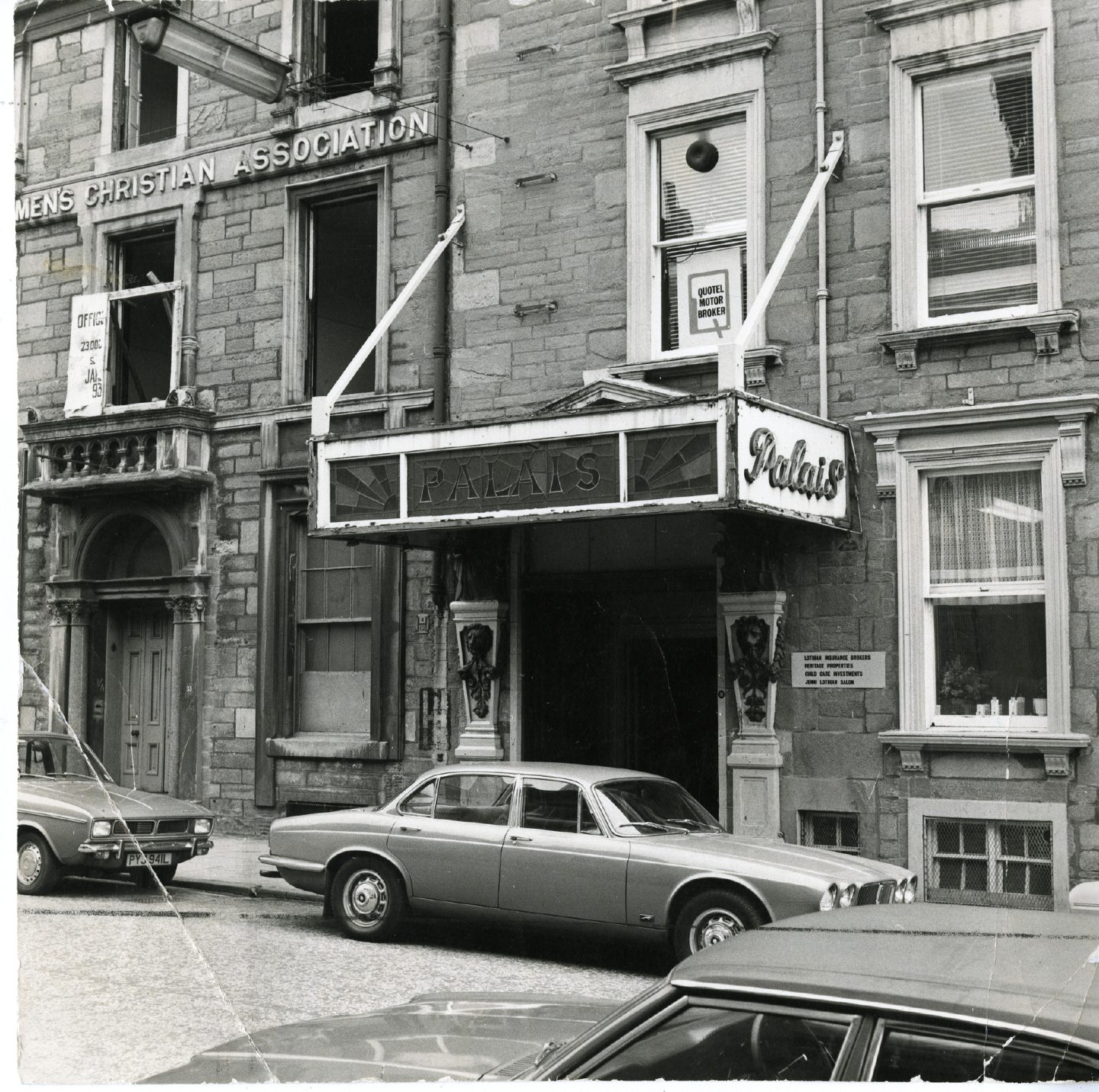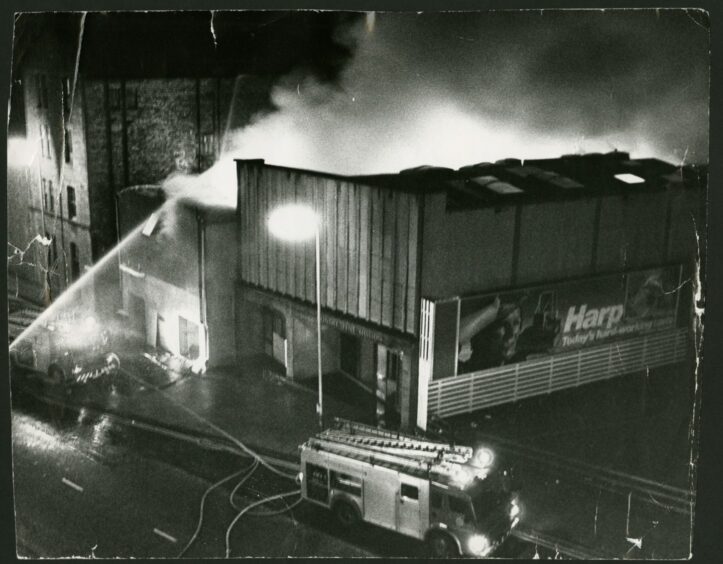Scores of Dundee couples had their first meeting in the old Palais, waltzing and foxtrotting to the strains of a variety of bands.
Dundee was swept up in a dancing boom and couples who met there and went on to waltz at their own wedding could be found all over Scotland.
Opened in 1928, it was extended in the 1930s after the acquisition of an old store and stable in Long Lane, off Overgate.
The new premises opened in 1937 and included a downstairs café and refreshment area behind the bandstand.
There were dance sessions every afternoon and every night and, on Saturday afternoons, crowds streamed up South Tay Street for tea dances which went on from 3-5.30pm.
Admission was about 4p, for which dancers had a cup of tea and piece of cake, as well as their dancing.
The Palais introduced professional dancers to the city.
For 6p they would sweep you magnificently round the polished floor for five minutes, leaving you breathless with exhilaration.
Andy Lothian
One of the first to take on the job was Bertha Wilson, who was later to become manager of the hall with her husband, George Dundas.
George and Bertha introduced another now-famous name to the city: Andy Lothian.
The couple had taken a busman’s holiday to the Beach Ballroom, Aberdeen, just before the outbreak of the Second World War.
The couple were enchanted by his music and personality.
They vowed to sign him up if they ever owned their own dance hall and, about a year later, did just that when they bought the Palais.
Andy came to the Palais on a six-month contract in 1938 with his touring band and become the star entertainer.
He was offered a permanent contract and ended up as the longest-serving residential band leader in Britain, retiring after some 35 years at the Palais.
Andy led and entertained several million Dundee dancers over the years.
“And that’s all” became his famous catchphrase.
At a change of dance – foxtrot, tango, quickstep, waltz – Andy’s phrase was the sign for dancers to separate and withdraw to seek another dancing partner.
No self-respecting band of those days was complete without a vocalist.
Darling of the female dancers was crooner Harry Rae, who became the full-time vocalist of the Palais until 1949 when he emigrated to Australia.
The standard of dancing at the Palais was high.
There was a dress code as well.
The last dance finished at 11pm in those days.
The last train to Tayport left at 11.07pm.
Dancers from “across the water” would invariably stay too long.
That meant returning to Tayport on foot across the railway bridge where you were liable to receive a £10 fine if caught by the night watchman!
The stragglers would start to walk across in their stocking soles and would immediately turn and start walking back towards Dundee if they were caught.
That way the night watchman thought they were going that way and would make them go back the way they had come – in other words, towards Tayport!
US Army Rangers
While other local industries floundered during the outbreak of war, Dundee’s dancing industry boomed, with its attendances bolstered by the troops stationed in the district.
One of the most popular groups of soldiers to visit the Palais during the Second World War was the men of the US Army Rangers.
They became regulars at South Tay Street but there was great disappointment among the young ladies of Dundee when they were posted to Glasgow.
The Americans had such happy memories of the Palais they chartered a special train to bring them from Glasgow before departing for the front.
The Palais had never seen a night like it.
The troops brought bunches of roses which they gave to the ladies in the hall.
Then they were gone.
Weeks later, during a battle, they were wiped out almost to a man.
The Palais was also the setting for the famous Dundee Monkey Parade, which was a Sunday night highlight for teenagers in the 1950s.
Dancing itself was banned on the Sabbath night and instead the youth of the time went along to listen to the resident band and singers invited from the audience.
For the entire night the patrons walked round and round the hall in a snaking chain that became known as the Monkey Parade.
Top Ten Club at The Palais in Dundee
Many famous names appeared in the South Tay Street premises, including Louis Armstrong, who was paid £40 to perform at the Palais in 1933.
In the early 1960s some of the country’s top pop stars, like David Bowie and the Bee Gees, appeared on promotions put on by Andy’s son, Andi.
Andi and Freddie Saunders started the Top Ten Club, which ran once a week from the Palais, and it soon garnered a reputation as the place to see top chart stars.
The first show at the Top Ten Club took place on October 14 1962, with guest stars on the opening night Emile Ford and the Checkmates, Robby Hood and his Merrie Men, Johnny Hudson and the Hi-Four, and Clint and the Tornadoes.
Although the Palais continued for many years, the Top Ten Club finished just before the start of the 1970s.
The ownership of the premises changed hands when Murdoch Wallace, owner of the nearby Barracuda nightclub, took it over and changed its name.
It ceased to be the Palais in October 1976 when Mr Wallace carried out extensive, £50,000 renovations and reopened it as Samantha’s disco.
The internal changes this time saw a disco and two bars, with a food bar on the main floor and disco in the basement section.
The lower section was named The Stage Door Bar.
In more recent times the Samantha’s name was changed to Bloomers.
Up in smoke
The fortunes of the building took a downturn in 1979 when Mr Murdoch announced he was closing the premises because of repeated trouble with a hooligan element.
He finally sold out in October 1979 to a Glasgow group, with Alex Brown, owner of McGonagall’s bar in Perth Road, playing a leading role in the new ownership.
Mr Brown, a former manager of the Chevalier Casino, Seagate, successfully applied to convert the building into a casino.
On January 9 1980 the licensing committee granted a licence to provide discos, dancing and musical entertainment in the building.
In a report to the committee from the council’s chief engineer it was stated there had been water seepage in the basement and electrical wiring might have been affected.
The licence was granted subject to the condition that a new electrical certificate be obtained.
The rest is history.
In a bitter irony, the old Palais burned down on February 20 1980.
Sparks and glowing cinders soared into the sky as it was reduced to ash and rubble.
Now only memories remain of the dance hall.
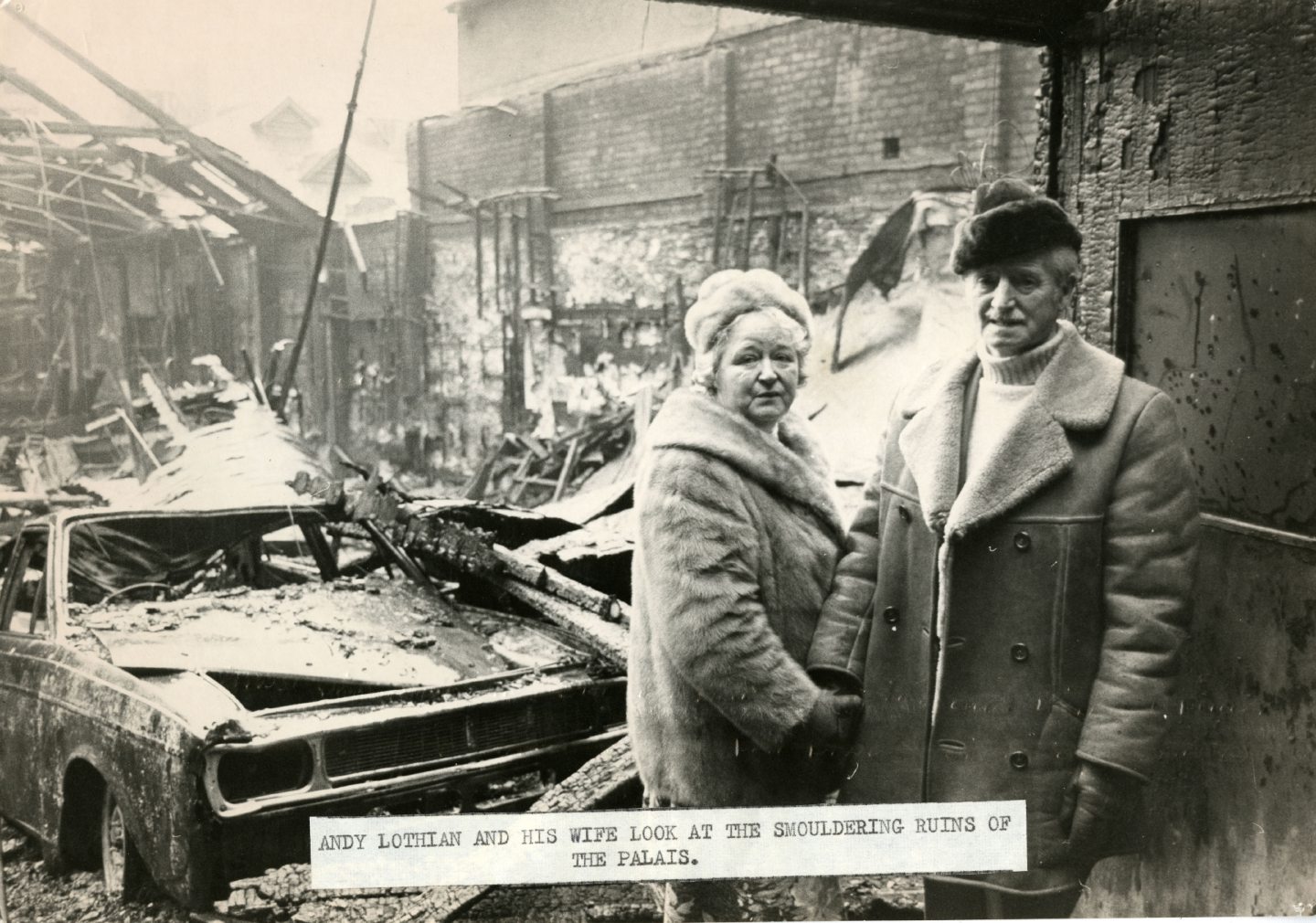 More like this:
More like this:
Life before Ziggy: When David Bowie struggled to find fans in Dundee
The Beatles: Dundee promoter Andi Lothian took Long and Winding Road to Bridge of Allan in 1963
